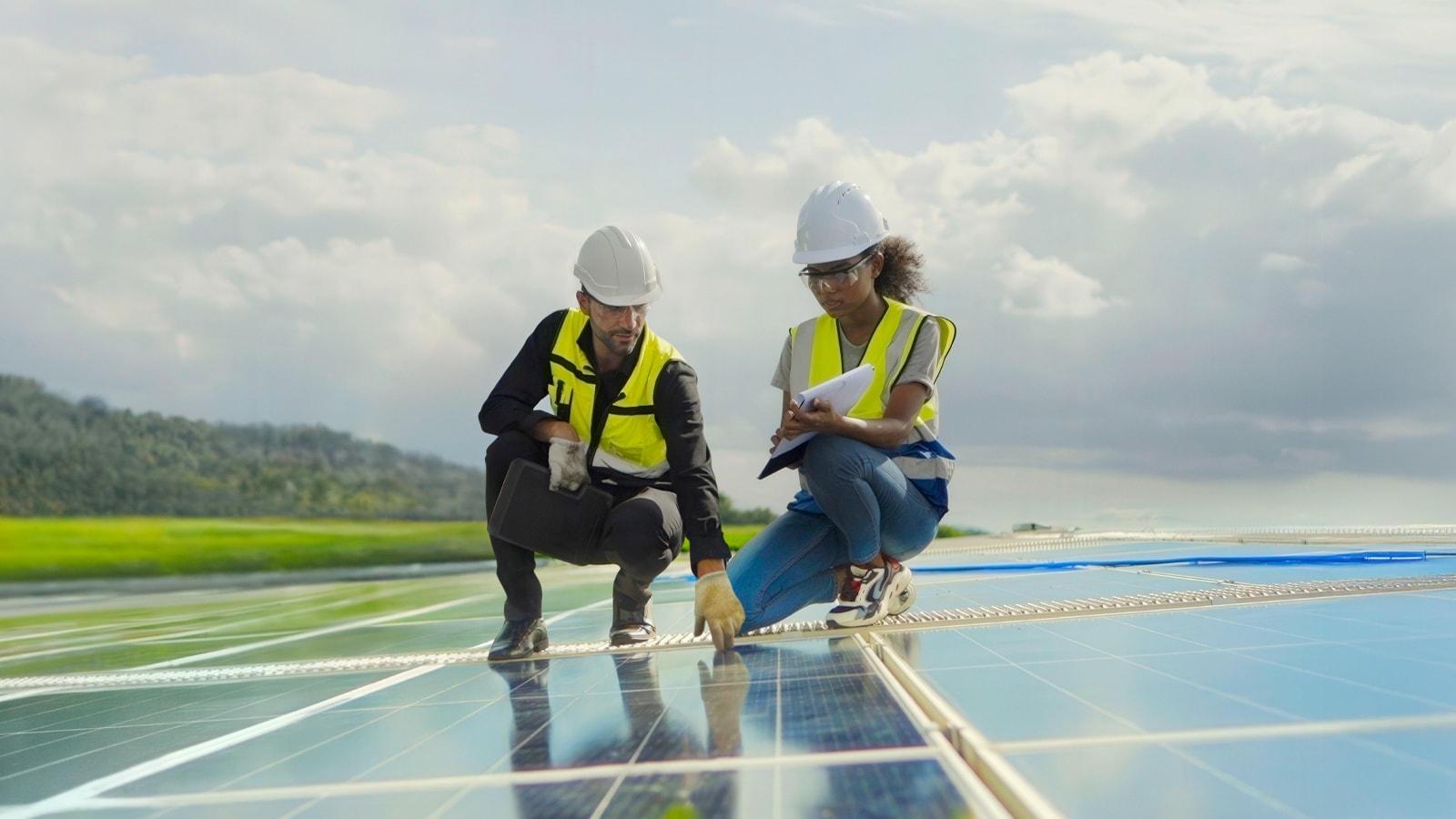We embed sustainability into strategy so you can fuel gains, not just goals
Sustainability
Forward-looking companies see sustainability as a catalyst for resilience and long-term value—not just compliance. They know sustainability helps unlock opportunity, reduce risk and build trust.


Sarah Marsh
National Sustainability Leader
PwC Canada
“A sustainable company isn't just built to last; it's built to lead. It anticipates risk, accelerates performance and builds trust to power business growth.”
Rethink sustainability
Business solutions to grow sustainably
- Make your climate actions count.
Assess climate implications across your enterprise and act decisively with a tailored decarbonization plan. Stay ahead of risk and build long-term resilience.
Explore our services
- Turn sustainable finance into competitive advantage.
Transform your sustainability journey into financial opportunity, whether you're raising capital or deploying it.
Explore our services
- Achieve more with your energy transition strategy.
Balance resilience, sustainability and costs to thrive in the evolving energy landscape.
Explore our services
- Elevate business performance by aligning sustainability with strategy.
Rethink your processes, products and services by integrating sustainability into your broader business decisions.
Explore our services
- Report with impact.
Use data to turn sustainability compliance into business intelligence, building trust with your stakeholders.
Explore our services
Why us
We help you focus on the actions that will deliver real impact.

- Our work achieves tangible results: cost savings, new revenue streams and risk mitigation.
- We've built a global network of over 11,500 sustainability-focused specialists and upskilled over 198,000 PwC employees across every function. Whether it's tax, tech, deals, supply chain or risk—we bring together the coordinated thinking required to solve complex challenges.
- We're advancing sustainability in Canada. Our involvement with standard-setting bodies helps shape the future of sustainability reporting and prepare public-sector and business leaders for new disclosure requirements.
- We’re on our own sustainability journey at PwC Canada. We include measurable sustainability targets in our Trust Roadmap and hold ourselves accountable by sharing quantifiable metrics in regular updates on our progress.
Canadian insights
Sharp takes on what’s next


2025 Canadian Sustainability Reporting Insights
We analyzed the corporate sustainability disclosures of Canada’s top companies. How does your reporting measure up?

Empowering our people, empowering our planet
Learn how our people are boldly embedding sustainability and climate action into everything they do.

Energy transition services
Accelerate Canada’s energy future and make your energy transition add up to more.
Make sense of sustainability
Insights that give you the confidence to decide and the courage to act

We bring expertise that industries are built on so you can make decisions your future can stand on

We know how your business works so you can put AI to work for your business

Our Alliances, your bold moves
We work with tech’s titans and trailblazers so you can think like a startup, scale like a giant


















